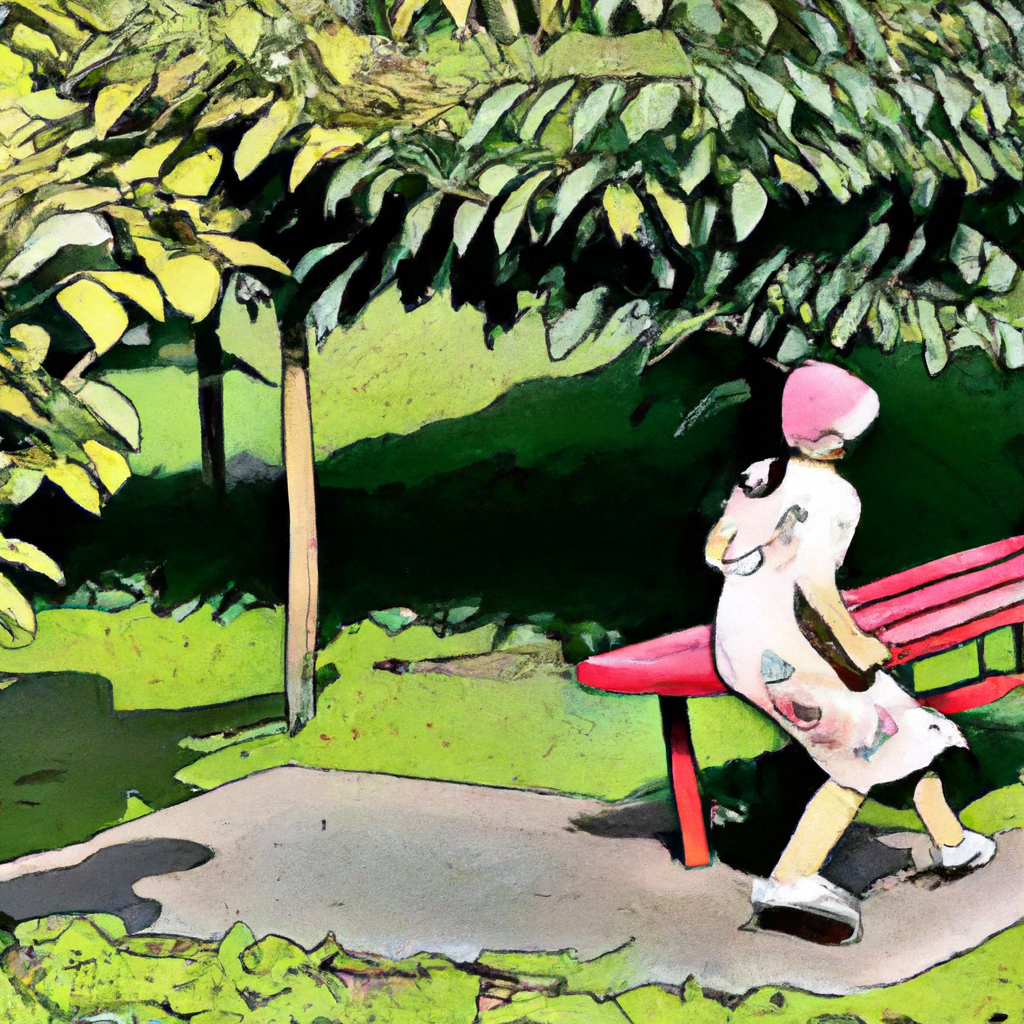
Exploring Whimsical and Fairy Tale Illustration Styles

Illustrations have the power to transport us to magical worlds, where imagination knows no bounds. Whimsical and fairy tale illustration styles have captivated audiences for centuries, enchanting both young and old alike. In this article, we will delve into the fascinating world of whimsical and fairy tale illustration styles, exploring their origins, characteristics, and the impact they have on storytelling. Through examples, case studies, and statistics, we will uncover the secrets behind these captivating art forms.
The Origins of Whimsical and Fairy Tale Illustration Styles
Whimsical and fairy tale illustration styles have a rich history that dates back centuries. The roots of these styles can be traced to ancient folklore and mythology, where fantastical creatures and magical landscapes were depicted in various art forms. However, it was during the Victorian era that these illustration styles truly flourished.
The Victorian era, spanning from the mid-19th century to the early 20th century, was a time of great fascination with fairy tales and whimsical stories. Illustrators like Arthur Rackham and Edmund Dulac gained popularity for their enchanting illustrations that accompanied classic fairy tales such as “Alice’s Adventures in Wonderland” and “The Sleeping Beauty.” These illustrations captured the imagination of readers and brought the stories to life in a way that words alone could not.
Characteristics of Whimsical and Fairy Tale Illustration Styles
Whimsical and fairy tale illustration styles are characterized by their dreamlike quality, vibrant colors, and attention to detail. These illustrations often feature fantastical creatures, magical landscapes, and whimsical characters that defy reality. The use of intricate patterns, delicate lines, and intricate details adds depth and richness to the illustrations, creating a sense of wonder and enchantment.
One of the key elements of whimsical and fairy tale illustration styles is the use of symbolism. Illustrators often incorporate symbolic elements that represent deeper meanings and themes within the story. For example, a rose may symbolize love and beauty, while a key may represent unlocking secrets or new possibilities. These symbols add layers of depth to the illustrations and enhance the storytelling experience.
Another characteristic of these illustration styles is the use of exaggerated proportions and perspectives. Characters may have elongated limbs or oversized heads, adding a sense of whimsy and playfulness to the illustrations. The use of unusual perspectives, such as a bird’s-eye view or a worm’s-eye view, creates a unique visual experience that transports the viewer into the world of the story.
The Impact of Whimsical and Fairy Tale Illustration Styles on Storytelling
Whimsical and fairy tale illustration styles play a crucial role in storytelling, enhancing the narrative and engaging the audience on a deeper level. These illustration styles have the power to evoke emotions, spark imagination, and create a sense of wonder in both children and adults.
Research has shown that illustrations in children’s books can significantly impact a child’s cognitive and emotional development. According to a study conducted by the University of Sussex, children who were read stories with illustrations showed greater engagement, comprehension, and emotional connection to the story compared to those who were read stories without illustrations. Whimsical and fairy tale illustration styles, with their vibrant colors and imaginative characters, have the ability to captivate young readers and foster a love for storytelling.
Furthermore, these illustration styles have a lasting impact on adults as well. Many adults find solace and nostalgia in revisiting the fairy tales and whimsical stories of their childhood. The intricate details and symbolic elements in these illustrations can evoke a sense of wonder and transport adults back to a time when imagination knew no bounds. In a world filled with stress and responsibilities, whimsical and fairy tale illustration styles offer a much-needed escape and a reminder of the magic that exists in the world.
Examples of Whimsical and Fairy Tale Illustration Styles
Let’s explore some examples of whimsical and fairy tale illustration styles to further understand their characteristics and impact:
1. Arthur Rackham
Arthur Rackham was a renowned British illustrator known for his enchanting illustrations of fairy tales and fantasy stories. His illustrations for “Alice’s Adventures in Wonderland” and “Peter Pan in Kensington Gardens” are iconic examples of whimsical illustration styles. Rackham’s use of intricate details, delicate lines, and dreamlike compositions brought these stories to life in a way that captivated readers for generations.
2. Edmund Dulac
Edmund Dulac, a French-born British illustrator, was another prominent figure in the world of whimsical and fairy tale illustration. His illustrations for “The Sleeping Beauty” and “The Little Mermaid” are exquisite examples of his unique style. Dulac’s use of vibrant colors, intricate patterns, and symbolic elements added depth and richness to these classic stories, making them even more enchanting.
3. Mary Blair
Mary Blair, an American artist and illustrator, is best known for her work with Walt Disney Studios. Her illustrations for Disney’s “Cinderella” and “Peter Pan” brought a whimsical and magical quality to these beloved stories. Blair’s use of bold colors, simplified shapes, and playful compositions created a sense of joy and wonder that resonated with audiences of all ages.
Case Studies: The Impact of Whimsical and Fairy Tale Illustration Styles
Let’s take a closer look at two case studies that highlight the impact of whimsical and fairy tale illustration styles:
1. The Success of “Harry Potter” Illustrations
The “Harry Potter” series, written by J.K. Rowling, became a global phenomenon, captivating millions of readers around the world. The illustrations by Jim Kay, featured in the illustrated editions of the books, played a significant role in the success of the series. Kay’s whimsical and detailed illustrations brought the magical world of Hogwarts to life, creating a visual experience that complemented Rowling’s storytelling. The illustrated editions of the “Harry Potter” books became bestsellers, appealing to both new readers and longtime fans of the series.
2. The Influence of Disney Animation
Disney animation has had a profound impact on the popularity and recognition of whimsical and fairy tale illustration styles. From classics like “Snow White and the Seven Dwarfs” to modern favorites like “Frozen,” Disney movies have introduced audiences to enchanting worlds filled with whimsical characters and magical landscapes. The success of Disney movies has not only inspired countless illustrators but has also shaped the collective imagination of generations, associating whimsical and fairy tale illustration styles with the magic of storytelling.
Summary
Whimsical and fairy tale illustration styles have a long and fascinating history, dating back to ancient folklore and mythology. These illustration styles are characterized by their dreamlike quality, vibrant colors, attention to detail, and use of symbolism. They have a profound impact on storytelling, engaging both
